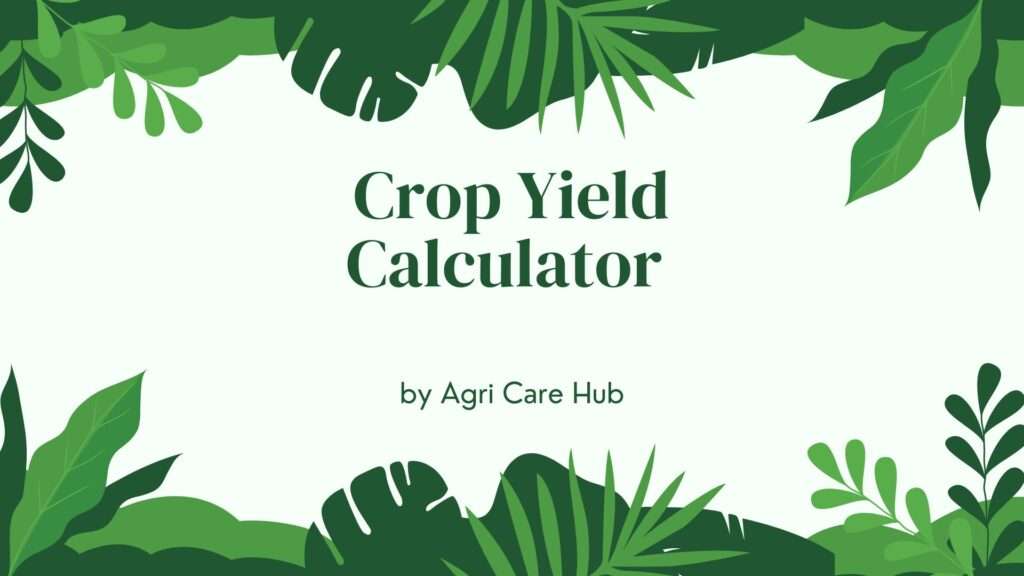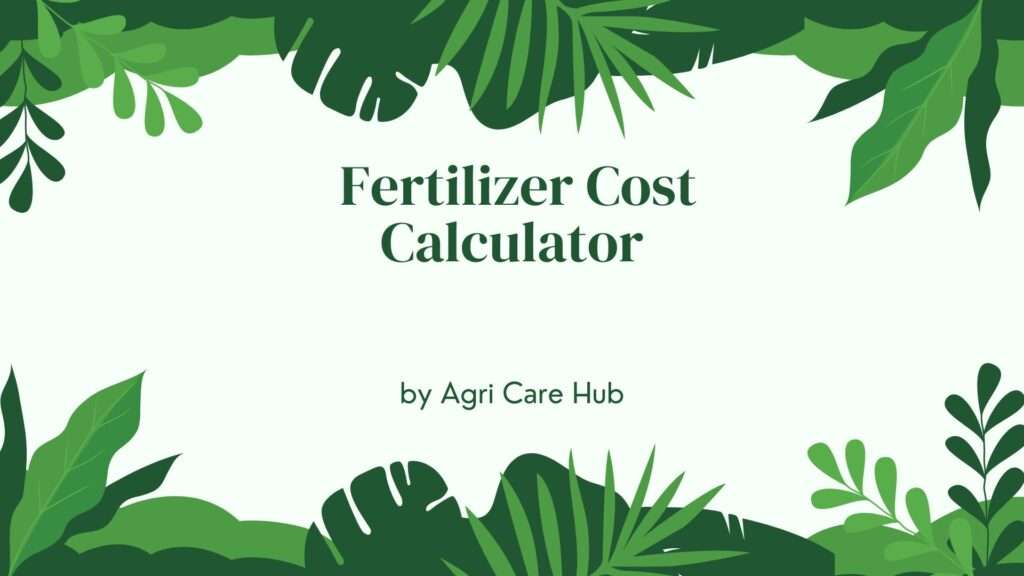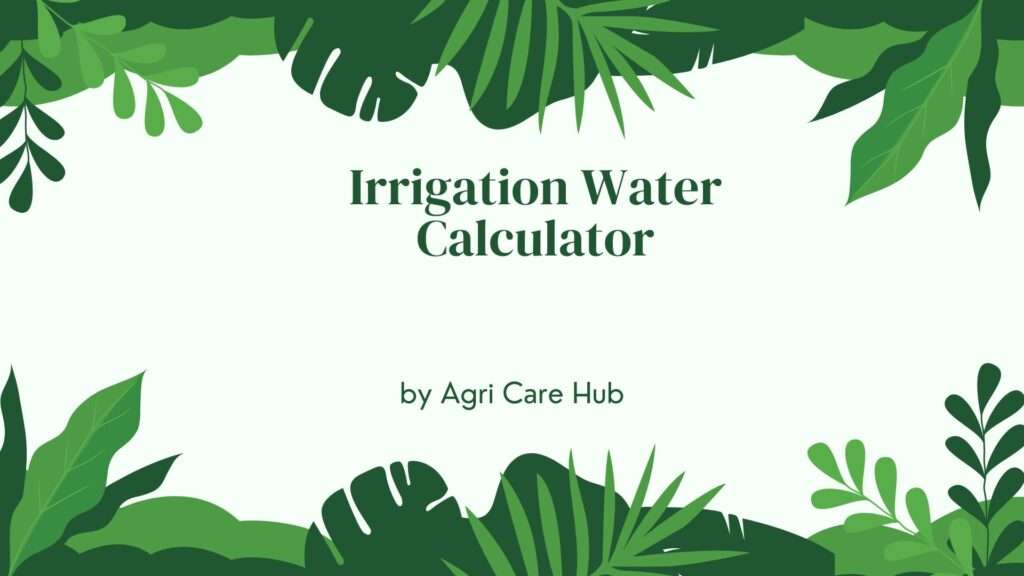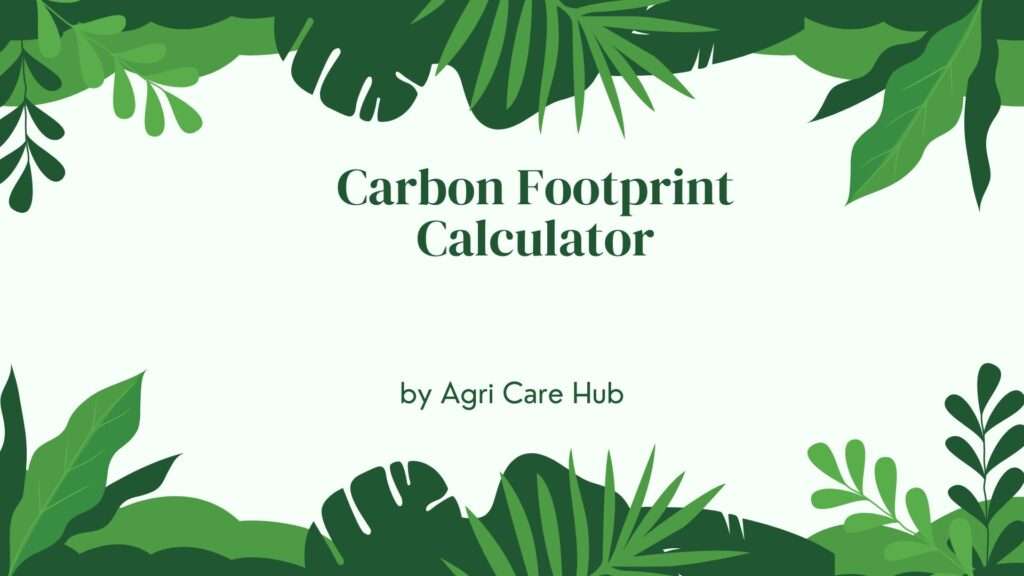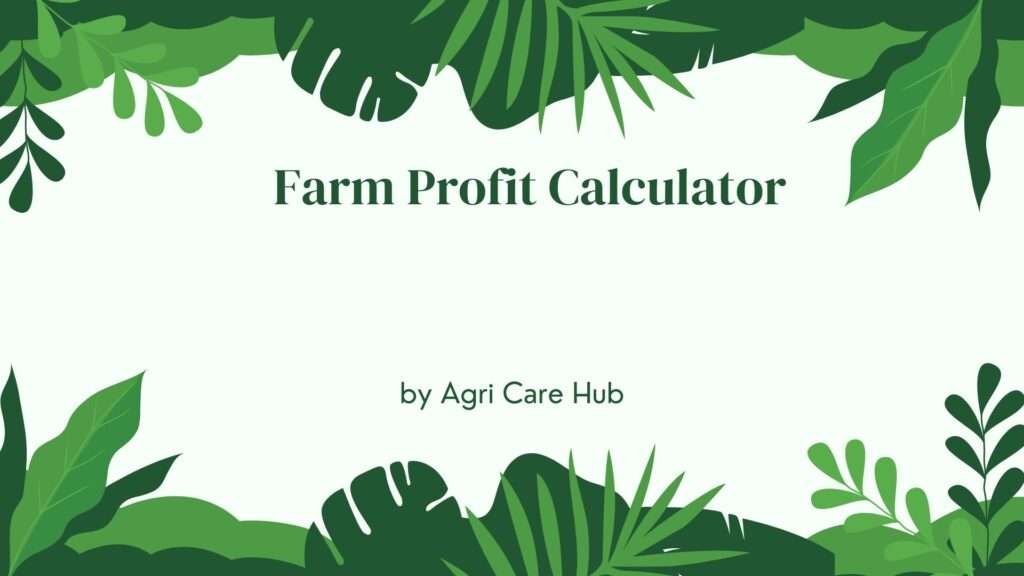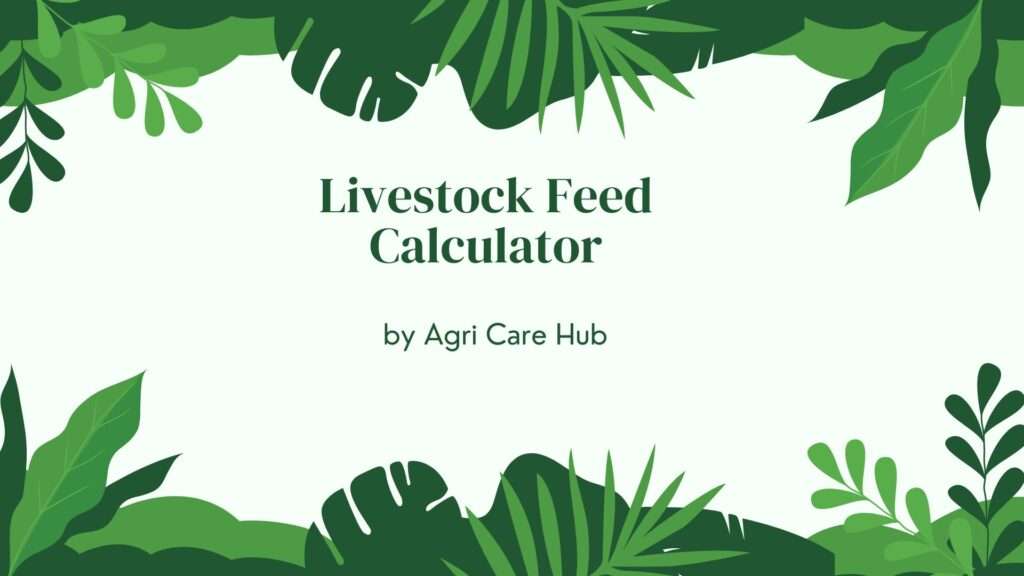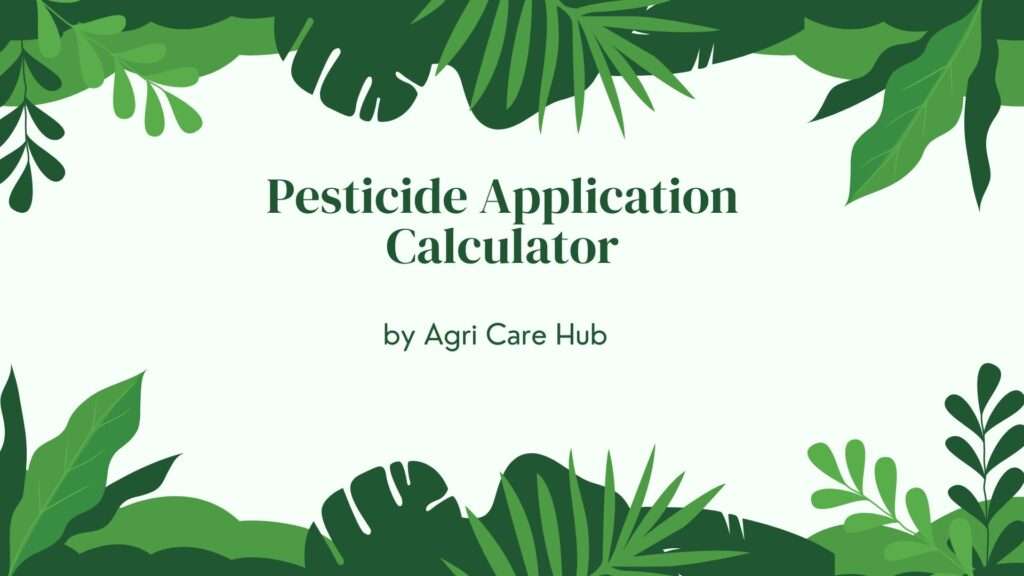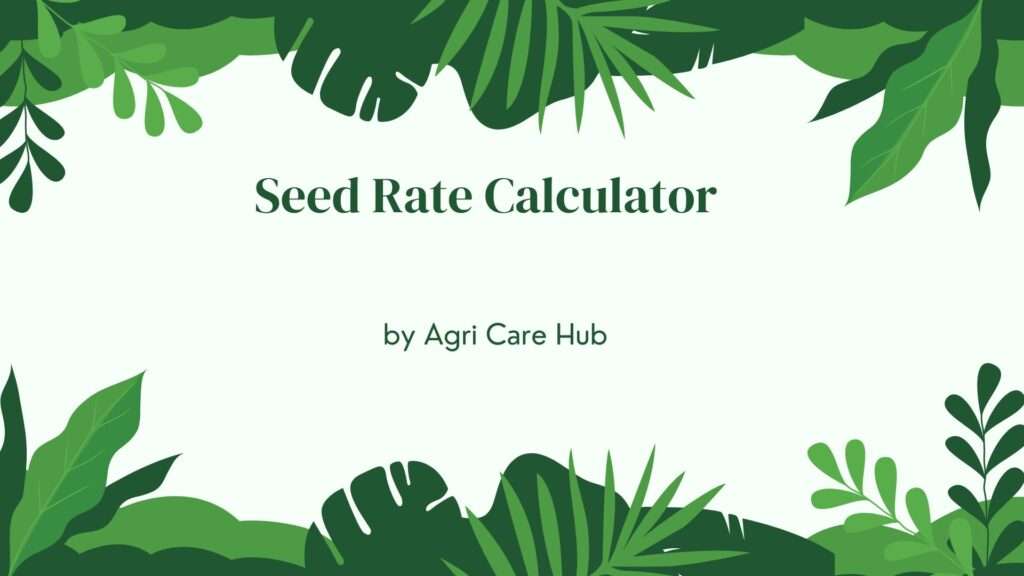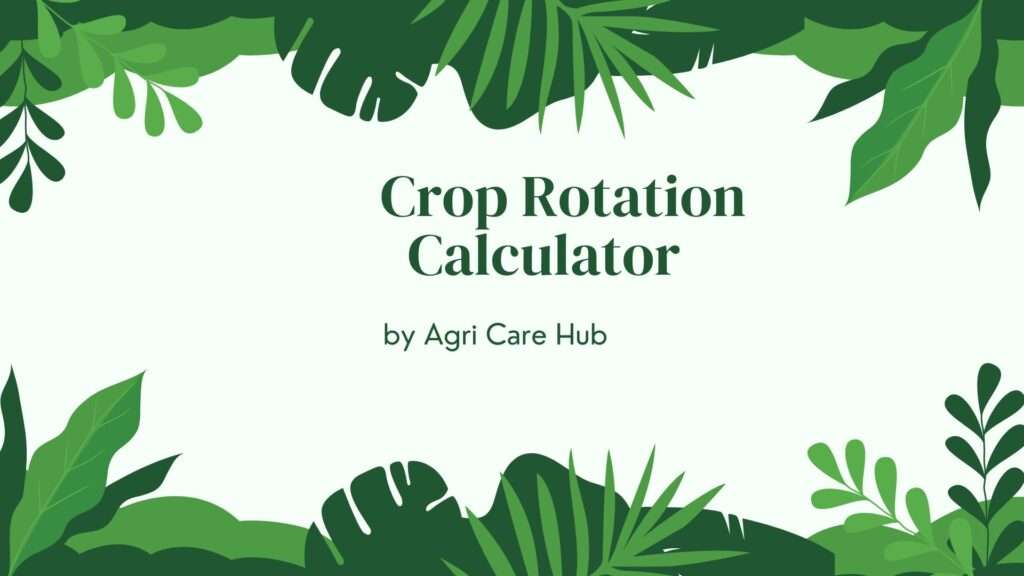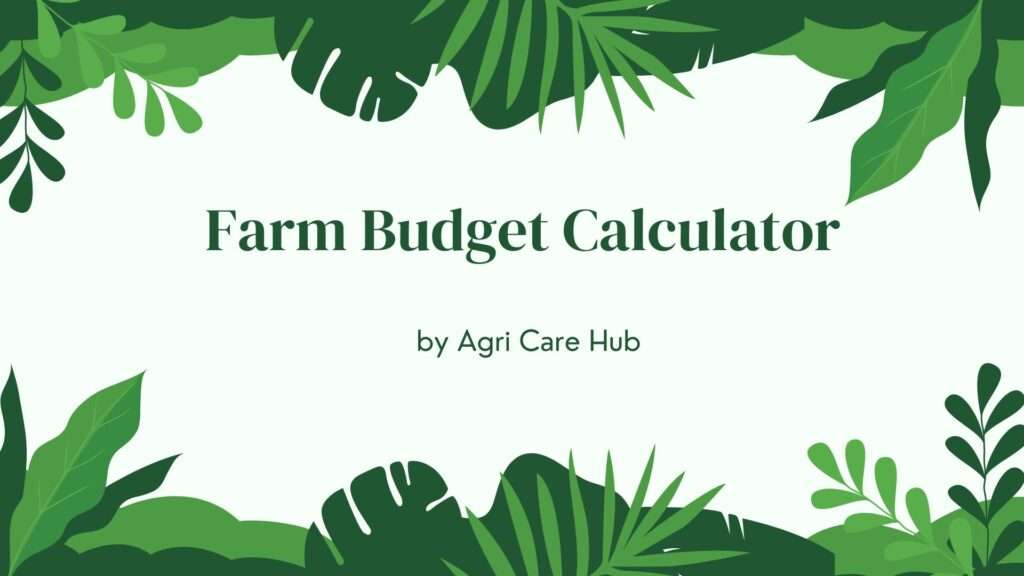Soil Water Infiltration Rate Calculator
Calculate Infiltration Rate
Enter the soil parameters below to calculate the Soil Water Infiltration Rate using Green-Ampt or Horton's method.
About the Soil Water Infiltration Rate Calculator
The Soil Water Infiltration Rate Calculator is a scientifically designed tool to help farmers, agronomists, and environmental scientists estimate the rate at which water enters the soil. By leveraging established methodologies like the Green-Ampt and Horton's equations, this calculator provides accurate and reliable results for optimizing water management in agricultural and environmental contexts. For more resources on soil management, visit Agri Care Hub.
Importance of the Soil Water Infiltration Rate Calculator
Understanding the Soil Water Infiltration Rate is critical for effective water management in agriculture, landscaping, and environmental conservation. Infiltration rates determine how quickly water can penetrate the soil, affecting irrigation efficiency, runoff, and erosion. This calculator uses peer-reviewed scientific models to provide precise estimates, helping users make informed decisions to enhance soil health and crop productivity.
Soil infiltration influences several key factors, including:
- Irrigation Planning: Knowing infiltration rates helps optimize irrigation schedules, preventing water wastage.
- Erosion Control: High infiltration reduces surface runoff, minimizing soil erosion.
- Crop Health: Proper water infiltration ensures roots receive adequate moisture without waterlogging.
- Environmental Protection: Managing infiltration can prevent pollutants from entering water bodies via runoff.
By using this calculator, you can tailor water management strategies to specific soil types and conditions, improving agricultural outcomes and environmental sustainability.
User Guidelines
To use the Soil Water Infiltration Rate Calculator effectively, follow these steps:
- Select a Method: Choose between the Green-Ampt or Horton's method based on your data availability and preference. Green-Ampt is ideal for physically-based calculations, while Horton's is suitable for empirical estimates.
- Input Parameters: Enter the required soil parameters:
- For Green-Ampt: Wetting front soil suction head (ψ), porosity (θ), hydraulic conductivity (K), and time (t).
- For Horton: Initial infiltration rate (f₀), final infiltration rate (fₓ), decay constant (k), and time (t).
- Calculate: Click the "Calculate" button to obtain the infiltration rate and cumulative infiltration volume.
- Interpret Results: Review the results to understand the infiltration dynamics of your soil. Use this data to adjust irrigation or land management practices.
Ensure all inputs are in the correct units (e.g., mm for suction head, mm/h for hydraulic conductivity). If unsure about parameter values, consult soil science resources or local agricultural extension services.
When and Why You Should Use the Soil Water Infiltration Rate Calculator
The Soil Water Infiltration Rate Calculator is invaluable in various scenarios, including:
- Agricultural Planning: Farmers can use the calculator to determine optimal irrigation schedules, especially in regions with variable soil types like clay or sandy loam.
- Landscaping: Landscape designers can assess infiltration to select appropriate plants and irrigation systems.
- Environmental Management: Conservationists can use infiltration data to design runoff control measures, protecting water bodies from pollution.
- Research: Soil scientists and hydrologists can use the tool for field studies to model water movement in the vadose zone.
The calculator is particularly useful when:
- Soils are prone to compaction, reducing infiltration capacity.
- Heavy rainfall events increase runoff risks.
- Vegetation cover is sparse, impacting infiltration rates.
- Hydrophobic soils (e.g., post-wildfire) need assessment.
By understanding infiltration rates, users can prevent water wastage, reduce erosion, and enhance soil moisture availability for crops, as supported by research from Agri Care Hub.
Purpose of the Soil Water Infiltration Rate Calculator
The primary purpose of this calculator is to provide a user-friendly, scientifically accurate tool for estimating soil water infiltration rates. It serves multiple stakeholders, including farmers, researchers, and environmental managers, by offering insights into soil hydrology. The calculator is built on two robust models:
- Green-Ampt Method: A physically-based model that accounts for soil suction, porosity, and hydraulic conductivity. It is ideal for scenarios with well-defined soil properties.
- Horton's Method: An empirical model that describes infiltration as a function of time, suitable for soils where infiltration decreases exponentially.
These models are grounded in peer-reviewed research, ensuring reliable results. For example, the Green-Ampt method, developed in 1911, is widely used for its ability to incorporate soil physics, while Horton's equation, proposed by Robert E. Horton, captures the dynamic nature of infiltration over time.
The calculator also educates users about soil characteristics, such as porosity, compaction, and organic matter, which influence infiltration. For instance, soils with high clay content have lower infiltration rates due to smaller pore sizes, while sandy soils facilitate faster water movement. Vegetation and organic matter can enhance infiltration by creating soil fissures, as noted in studies from Soil Water Infiltration Rate research.
Scientific Basis of the Calculator
The Soil Water Infiltration Rate Calculator is built on two established infiltration models:
Green-Ampt Method
The Green-Ampt model assumes a sharp wetting front where water infiltrates into the soil. The infiltration rate is calculated as:
f(t) = K [(ψ Δθ / F(t)) + 1]
Where:
- f(t): Infiltration rate (mm/h)
- K: Hydraulic conductivity (mm/h)
- ψ: Wetting front soil suction head (mm)
- Δθ: Change in water content (fraction)
- F(t): Cumulative infiltration (mm)
The cumulative infiltration is solved iteratively using:
F(t) = Kt + ψ Δθ ln[1 + F(t) / (ψ Δθ)]
This method is robust for soils with uniform properties and is widely used in hydrological modeling.
Horton's Method
Horton's equation models infiltration as an exponential decay process:
f(t) = fₓ + (f₀ - fₓ) e^(-kt)
Where:
- f(t): Infiltration rate at time t (mm/h)
- f₀: Initial infiltration rate (mm/h)
- fₓ: Final infiltration rate (mm/h)
- k: Decay constant (h⁻¹)
The cumulative infiltration is:
F(t) = fₓ t + (f₀ - fₓ) / k (1 - e^(-kt))
This method is effective for soils where infiltration decreases over time due to saturation.
Factors Affecting Infiltration
Several factors influence soil water infiltration rates, as outlined in hydrological research:
- Precipitation: Rainfall intensity and duration affect infiltration. High-intensity rain can exceed infiltration capacity, leading to runoff.
- Soil Characteristics: Porosity, texture (e.g., clay vs. sand), and compaction determine infiltration rates. Sandy soils have higher rates than clay soils.
- Soil Moisture Content: Saturated soils have lower infiltration capacities, while dry soils absorb water more readily.
- Organic Matter: Vegetation and organic material enhance infiltration by improving soil structure.
- Land Cover: Impermeable surfaces like pavement prevent infiltration, while vegetative cover promotes it.
- Slope: Steeper slopes increase runoff, reducing infiltration.
Understanding these factors helps users interpret calculator results and apply them to real-world scenarios.
Applications and Benefits
The Soil Water Infiltration Rate Calculator offers numerous benefits:
- Precision: Provides accurate infiltration estimates based on scientific models.
- Accessibility: User-friendly interface suitable for both professionals and beginners.
- Versatility: Applicable in agriculture, landscaping, and environmental management.
- Sustainability: Helps optimize water use, reducing waste and environmental impact.
By integrating this tool into your workflow, you can make data-driven decisions to improve soil and water management practices. For more insights, explore Agri Care Hub.

